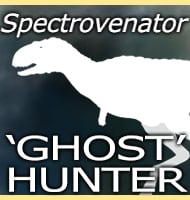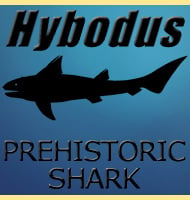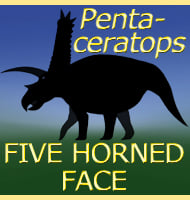Domeykodactylus
In Depth When discovered, Domeykodactylus was mistaken for the filter feeding pterosaur Pterodaustro because the remains of its head crest were thought to be specialised teeth for straining water. In actuality Domeykodactylus had teeth in raised sockets, and although not preserved, they would probably have been relatively small. This adaptation has seen Domeykodactylus placed within … Read more


